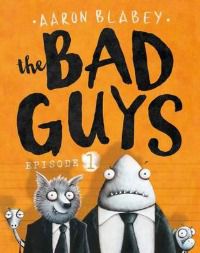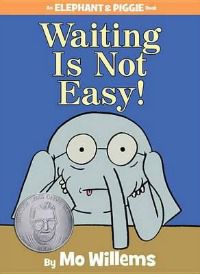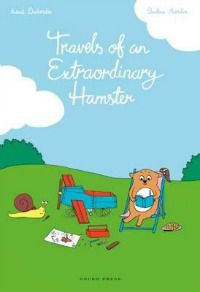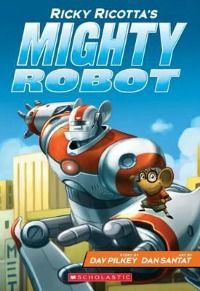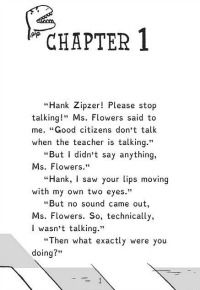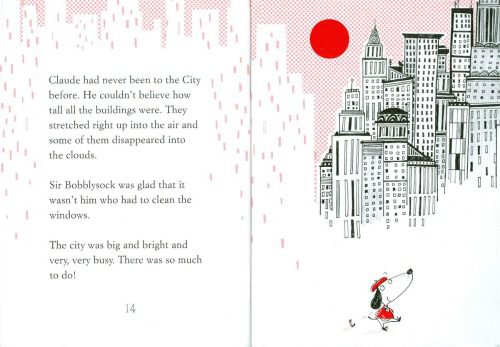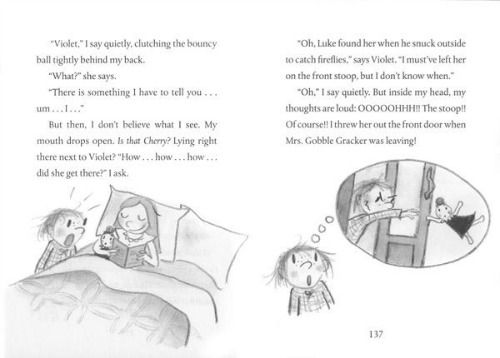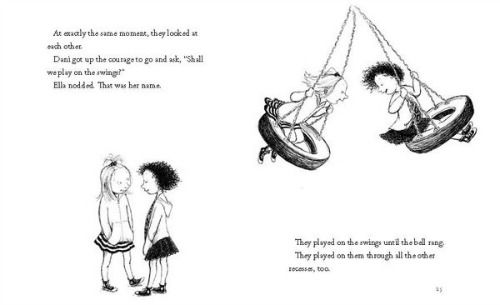Writers write too much. This is not a revelation but it keeps occurring to me whenever I open a new book that claims to be aimed at new readers of around 5-years-old and over, or what we refer to as ‘Junior Fiction’. My first thought is usually: too many words, too few pictures. And my second is to imagine the children who will look at those pages; to see their little shoulders roll forward in defeat as they decide that reading is in the too-hard basket whereas playing computer games, no matter how complex, is ‘easy’. Disaster. (And this is not an anti-computer games rant, I hope, but a pro-reading one.)
I didn’t always feel this way. A few years ago my problem was that I had a voracious reader of 6 for whom Junior Fiction was technically lacking in challenge – and oh did she enjoy a challenge. But of course this was not an actual problem, it was a parenting brag that needed a good disguise. Since then, having a son with none of his sister’s confidence, and observing children choosing books at Readings, I’ve seen what most children get excited about when they’re in the first few years of reading, and it’s a very careful balance of words and pictures.
I should also confess here that it took my editor several rounds of edits to convince me to slash the words of my Junior Fiction series to allow space for illustrations as well as breathing room for the text. It’s natural for someone like me – a storyteller who cannot draw to save her life – to paint the pictures with words instead, but for this age group it’s vital to let the pictures do some of the talking.
Children of this age are not afraid of multiple ideas in a story, or complex characters – they don’t need their food cut up for them any more, as it were. But most respond best to books that develop their visual literacy as well as their reading skills. This is why Andy Griffiths and Terry Denton have nailed it with their Treehouse books, which are absolutely packed full of clever ideas and wit without being overwhelmed by words.
I get excited when I see new books that I know children are going to open up and think, ‘Yes, I can do this.’ I’d love to see more books like The Big Book of Old Tom, which looks as thick as War and Peace but is completely manageable for around Years 1-3, with so much of the space devoted to Leigh Hobbs’ extremely playful drawings.
In a recent article in the Times Education Supplement, celebrating Shirley Hughes’ lifetime achievement award, the creator of classics such as Alfie and My Naughty Little Sister said: ‘Learning to look is a skill. Children can derive huge satisfaction from pictures long before they learn to read. It’s not a competition, it’s just for fun.’
This is a long introduction into some books I’m happy to recommend as brilliant fodder for your children’s post-school, shoes-off, snuggled on the sofa, leisure time.
The Bad Guys: Episode 1 by Aaron Blabey
If your children enjoy the humour of movies like Madagascar, if your 8- or 9-year-old never voluntarily picks up a book, or if your young reader is heading towards chapter books but isn’t quite there yet: this is the book for them. And it’s the start of a new series. Aaron Blabey usually writes picture books, and that is completely evident here with his spare text and use of exaggerated expressions to convey emotion. For a more established series, and also Australian, Anh Do’s Weirdo stories are like an easier version of Jeff Kinney’s Diary of a Wimpy Kid series.
Waiting Is Not Easy by Mo Willems
Some children struggle with the dryness of many school readers, and want a story with a funny, satisfying point to it but run screaming from more than ten words on a page. For them, the nearly 24-strong Elephant and Piggie series is perfect. Each story is told in speech bubbles and sound effects, and I credit these books with being the reason my son didn’t give up reading completely back in Prep.
Travels with an Extraordinary Hamster by Astrid Desbordes and Pauline Martin
Once your children have amassed lots of sight words, and are on the whole comfortable with reading but still think of it as a massive chore, go for a graphic novel like this one. It’s broken into very short chapters, and is mainly a character-study. Hamster is egotistical and thoughtless to a comical degree, oblivious to the minor plotlines going on around him. A very young reader of around 5 probably wouldn’t get it, whereas children 8 and over will understand the dry humour. (I think my 8-year-old enjoyed the fact that my 11-year-old was trying to read it over his shoulder, once she saw him giggling.)
Ricky Ricotta’s Mighty Robot by Dav Pilkey and Dan Santat
With only around 20-50 words to each spread, this series is a very gentle step up from an easy reader type of book, but it has the look that many children gravitate towards. There’s plenty going on – good vs. evil battles and some playful humour – and it’s full-colour throughout so you get all the draw of a comic in a mini-chapter book format.
Young Hank Zipzer series by Henry Winkler and Lin Oliver
This is a new series coming off the back of the original Hank Zipzer books, now also a TV series showing on ABC3. The two books already out have plenty of line drawings, nicely spaced out text and, most crucially, they use a font that has been specially chosen to help children with dyslexia. The font is called ‘dyslexie’ and was designed to reduce the problems caused when letters look too similar to one another, and to help the brain stop rotating letters. So far studies have shown that although reading speed was not necessarily markedly different, the number of reading errors was reduced.
And to close this blog post, here are some more of our favourites from Junior Fiction, with a sneak peek inside to show you the level of text to picture.
The Claude series by Alex T. Smith are the adventures of Claude the dog and his best friend, Sir Bobblysock.
You can read my review of Dory Fanstasmagory by Abby Hanlon
There are currently three books in this series by Rose Lagercrantz and Eva Eriksson: My Happy life, My Heart is Laughing and When I am Happiest.


